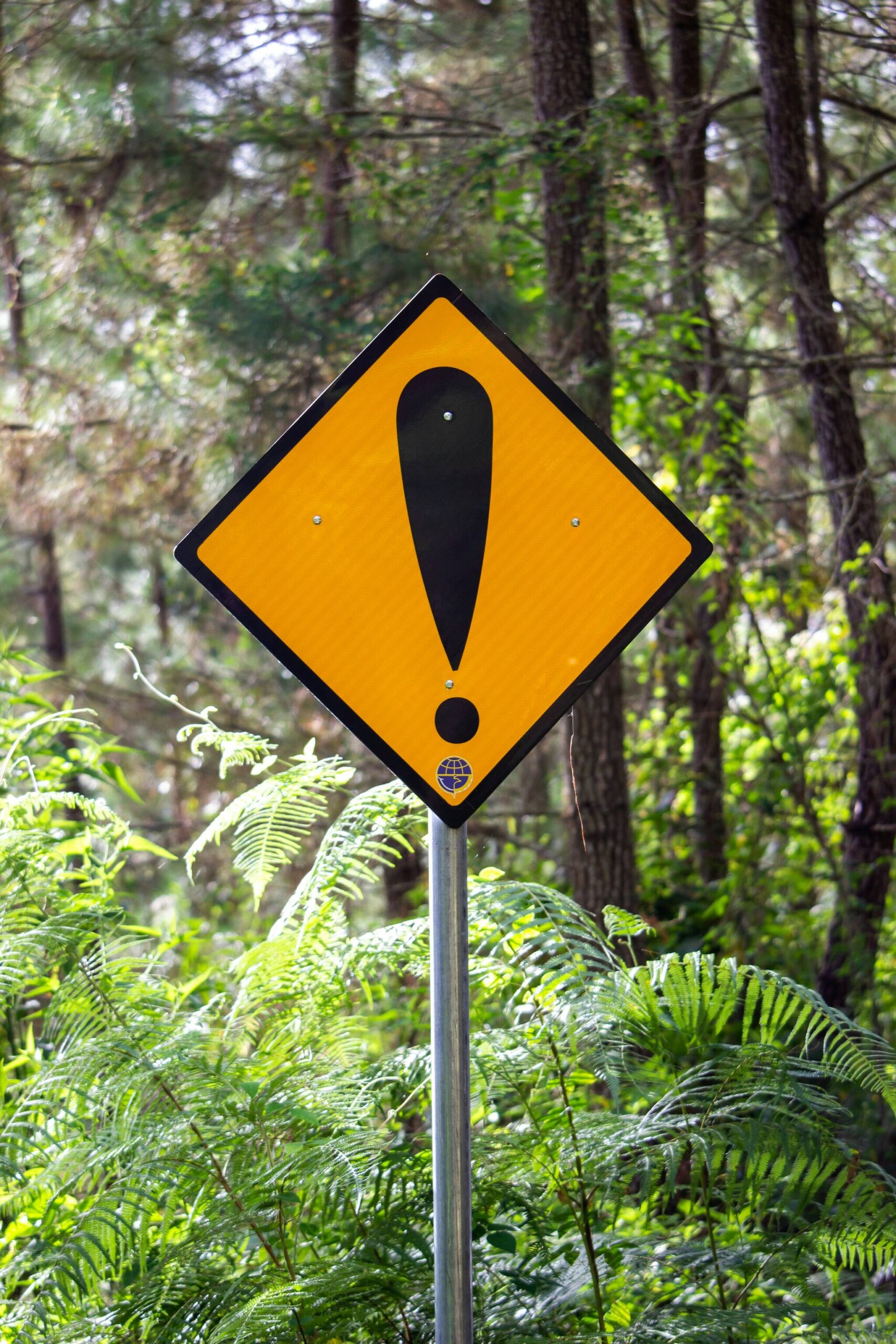As reports of permit backlogs from the San Juan County Community Planning and Development Department continue, so do stories of stalled, overworked and understaffed code enforcement.
“I can really appreciate that when people call, they want action, but it’s a process,” said Kyle Dodd, Environmental Health Manager. Dodd has been overseeing code enforcement. The initial investigation happens relatively quickly, he continued, but the full code enforcement action can take months. Should the case end up in court, as did recently with two San Juan Island properties, it can take years.
Both cases on San Juan have been working their way through the court system for approximately 10 years. While both property owners received judgments against them last year, the cases are considered cases until compliance is reached.
“Neither case is resolved,” San Juan County Prosecuting Attorney Amy Vira said. The two cases involve Fernando Sierman, who received fines for contamination that was infiltrating wetlands in December, and an injunction order against Richard J. Folley and Marlys Merna was issued last summer stating they needed to clean up the property. “Both properties are still in violation,” Vira said.
Once a complaint is made, it is prioritized. An immediate life or safety issue like a septic failure will take precedence over a sign violation. “There are all sorts of County codes on a variety of topics, and for good reason. But we need to prioritize our response to violations,” Dodd explained.
Wetlands are protected, for example, due to their critical ecological and aquifer recharge roles. Grading and clearing also affect the island’s ecology and human health and safety. Building codes are there for human safety.
“As much as we try to apply an objective time frame, we work with every individual where they are at,” Dodd said. Education and understanding why what the individual is doing is an issue is one area Code Enforcement reaches out and works with property owners, any lack of resources, ability to pay for cleanup and restoration is another challenge.
“We can’t avoid the human aspect,” Dodd summed up the situation. “Deadlines can be extended. While from the outside looking in, it looks like nothing is being done, every attempt to work with the property owner is being made.”
The first step after a complaint has been reported is to contact the property owner and verify the alleged violation. If the property owner is not home at the time an enforcement officer attempts to contact, the agent leaves their business card. “We do not have broad police powers,” Dodd noted. “If we don’t get a response, we send an access letter that the owners need to respond to within 10 days of receipt.”
Prioritizing and verifying also work to ensure people are not reporting individuals out of spite. Both Vira and Dodd recommended the first step between neighbors is to a sincere attempt to work it out.
“Resolve it at the lowest possible level is ideal,” Dodd explained. “But I wouldn’t discourage contacting the County if [the issue] is egregious.”
One thing to keep in mind is that code enforcement agents are not police officers with the ability to arrest anyone. In fact, they are not interested in punitive measures. For the sake of health, safety, and the environment they are hoping for compliance.
“The County is not looking to punish people, we are just looking for compliance,” Vira said. However, she added, “Failure to remedy code violations can have really devastating effects. You as a property owner hold the key. If you reach out, we will work with you.”
Should the property owner opt not to work with the County, fines accumulate, and the case is turned over to the Prosecuting Attorney.
“We have never turned down a case brought to us from Code Enforcement,” Vira said. As the matter works through the court system, fines and court fees accumulate. Should the County win in court and the matter remain unresolved, the County has the option of abatement, which means the County steps in to clean up the property and puts a lien on the property for the cost of clean-up. In the case of Folley and Merna, that may be what occurs.
There were a total of 100 code enforcement matters county-wide in 2023, according to Dodd. That does not represent the number of calls received and investigated, but the number validated. “We did a lot more work to get [to the 100] number. There were 150 or more inquiries.” Despite that high number, Dodd does not believe more enforcement officers are needed. With the partnership between the Fire Marshell, Health and the planning department, each who deals with their own codes and enforcement, and with a population the size of San Juan, Dodd said, “It’s a good balance.”
Vira on the other hand pointed out when it comes to enforcement, extra officers would be helpful, along with additional funding and resources. “Code enforcement can always improve,” she said. “Similar to law enforcement, more resources are always going to be needed but the officers will always do the best they can with the resources they have.”
By that same token, Vira continued, “We hope people follow the code and work with the county because it is less of a drain on our resources, and we all get to continue enjoying these islands safely.”



